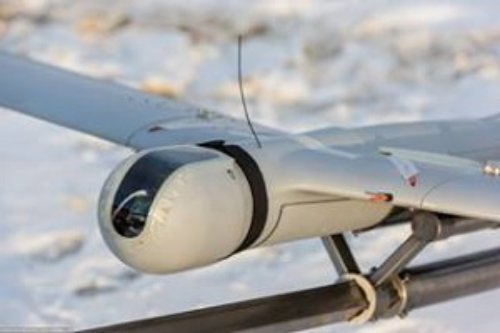 Tomskneft, a joint venture between Rosneft and Gazprom Neft, has started using unmanned aerial vehicles to monitor its pipeline routes and the oil and gas production assets.
Tomskneft, a joint venture between Rosneft and Gazprom Neft, has started using unmanned aerial vehicles to monitor its pipeline routes and the oil and gas production assets.
Testing of drones built under a domestic technology started at the Sovetskoe and Vakhskoe fields located in the Strezhevskiy District.
Given the size of the territory of Tomskneft operations and the significant length of pipelines with various purposes (about 5 thousand kilometers) the use of drones will help resolve a number of issues, in particular to improve the quality of pipeline condition monitoring, to enhance reliability of pipeline operations, to ensure detection of unauthorized access to the pipeline protection zone.
The drones can deliver these functions due to the specialized on-board photo and video survey equipment. Apart of video monitoring the patrols will also involve the use of a thermal-imaging channel. A drone can fly around a territory of 30 square kilometers in an hour. An average flight lasts 2.5 hours with a cruise speed of about 70 kilometers per hour. The aircraft is adapted to operations in Siberia and can be used at a temperature of minus 30 as well as of plus 40.
Drones provide real-time translation of the obtained data or can also record them to a memory card. Operators can manually change drone trajectories, return drones to a required location to take another picture of a target.
Based on the field tests results Tomskneft specialists will decide upon the further use of these aircrafts.
An experience of using drones is already available with one of the largest oil and gas production companies in Russia – Samotlorneftegas.
Tomskneft produces oil and gas in the Tomsk Region and Khanty-Mansiysk Autonomous Area, and holds licences for developing over 30 oil and gas fields, the largest of which is Sovetskoe.
Source: Press Release
